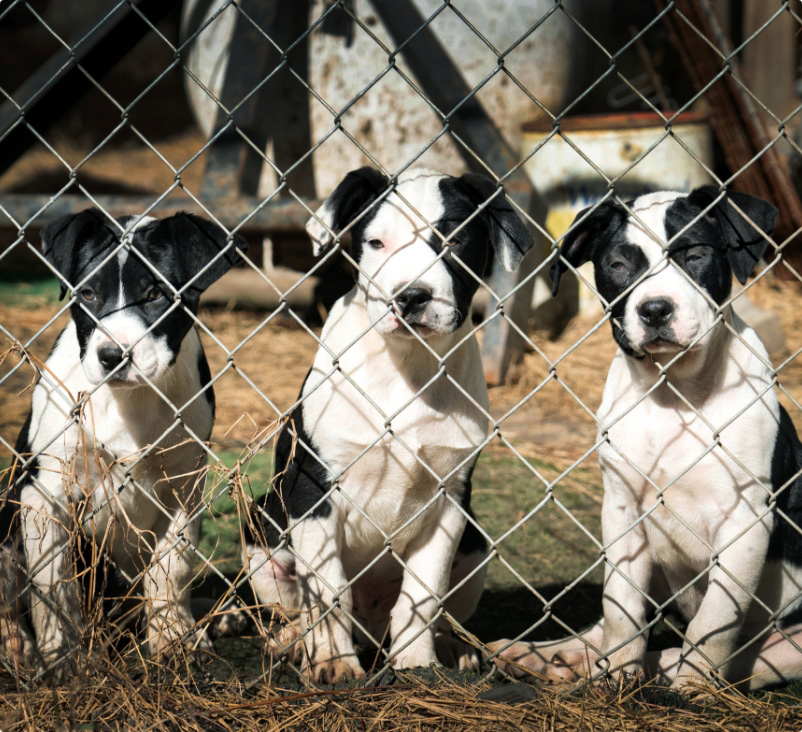Some lucky dogs are in progressive shelters with staff, resources, and community support that enable them to find homes for all of their adoptable dogs through local adoptions and outside rescues. Some not-so-lucky dogs are in open intake, high-kill shelters that are routinely forced to
‘euthanize for space.’ Many of the people who work in these shelters work desperately to save every dog they can but are understaffed, underfunded, undersupported, and overwhelmed. And then there are the dogs left behind at tiny municipal pounds in rural communities on back roads people rarely travel. These dogs live in sparse conditions with few resources and no extras. They are held in chain-link kennels behind police stations, at the city dump, or in squat concrete buildings with no heat/AC until their owners come for them or they are destroyed to make room for new dogs that arrive. Their pictures are not on a shelter website or Petfinder. Rarely is there anyone working to address their physical, emotional or behavioral needs, let alone search for an adopter. Their only chance beyond being claimed by their owners is for a rescue worker to visit the pound and ‘pull’ them, transporting them to rescues sometimes several states away. We believe that change cannot happen without awareness. That’s why we started Who Will Let the Dogs Out and that’s why we travel to find and tell the stories.Our Mission & Why We Do It
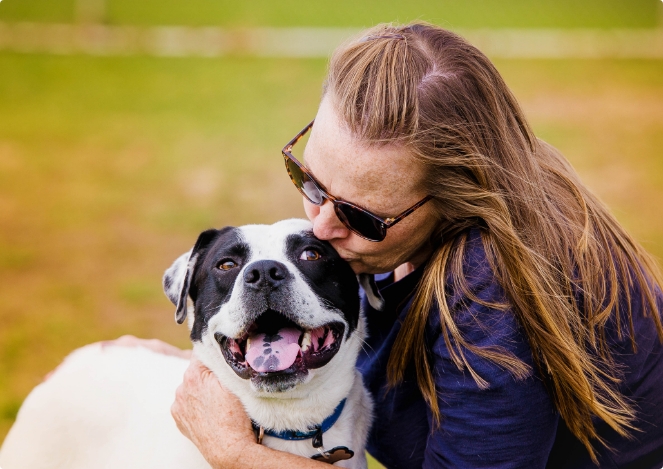
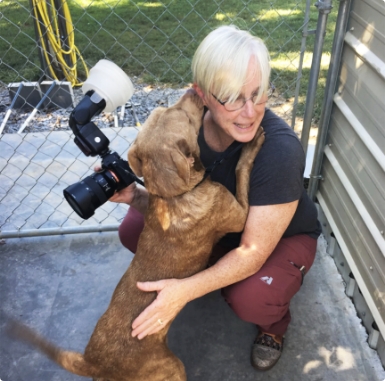
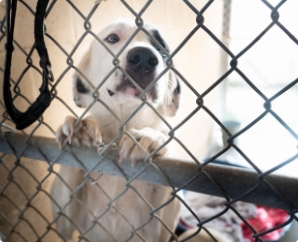
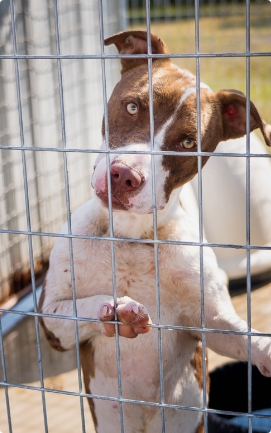
Above All Else:
We believe that awareness brings change!
It’s common sense that if every animal leaving your shelter is spayed and neutered, eventually, fewer animals will come in. And fewer animals means huge cost savings and better outcomes for the animals that do land in the shelters. There are worse things than a humane euthanasia – but accepting those deaths as
necessary and the situation as impossible to change is much worse. Rescues that focus on pit bulls are few and far between, but rescues who do it so well in such numbers are even harder to find. The Polk County Bully Project is saving the dogs who are the hardest to save. If every shelter had to track and report its numbers, there would be a reckoning. We believe that awareness brings change, but the places killing the most dogs are unlikely to voluntarily report that fact. Private shelters are by nature no-kill facilities usually run by animal advocates. They often crop up near public facilities to do what the publicly funded and government run facilities can’t—save every adoptable animal. Every county should have a good animal shelter even in the poor, rural areas (especially in those!). Here’s a great example of how municipalities can combine resources to create one effective shelter that works for its citizens economically without sacrificing care of its animals. In many parts of this country, including Tennessee, Alabama, and Georgia, there is still a dog pound system. Dogs are impounded by an ACO or dogcatcher (yes, that is still the title they are given) and held for a legal stray hold before they can be euthanized. In too many pounds, no efforts are made toward the dog’s health, comfort, or possible adoption or rescue. The only way this changes is if locals get involved and demand that their tax money be spent on a more humane animal sheltering system.What We Stand For
Spaying & Neutering
Reducing Reliance on Kill Shelters
Pit Bull Rescues
Reporting Numbers
Supporting Public AND Private Shelters
Better Rural Shelters
Ending Dog Pounds
Our Team
We’d love to hear from you. We welcome your questions, suggestions, and all your ideas for helping us raise awareness and resources for homeless dogs and the heroes who fight for them.
To contact us, please email whowillletthedogsout@gmail.comContact Us
